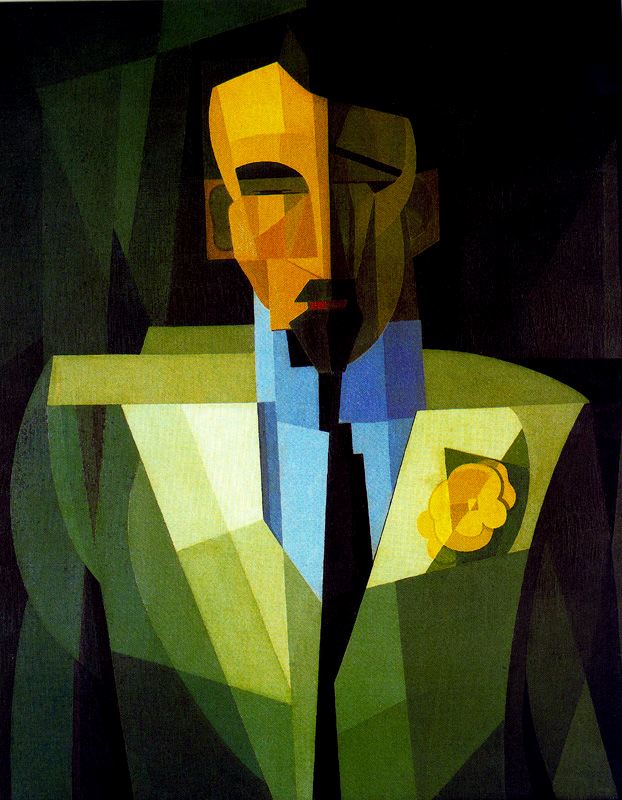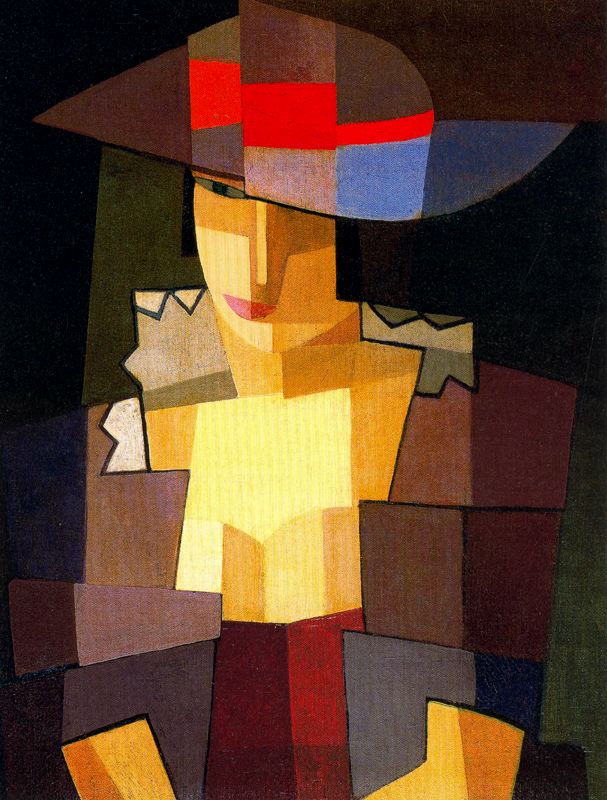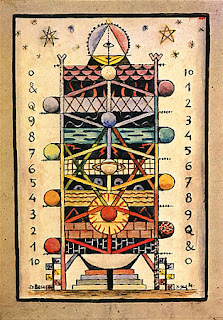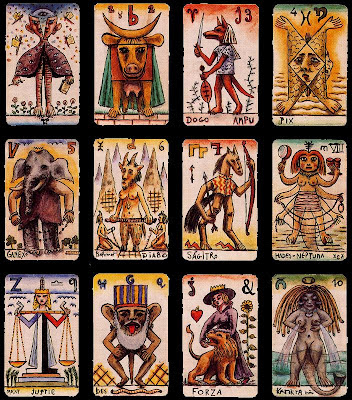Well, it______ Saturday night,
Bueno, es sábado noche,
You____ all dressed up in blue.
tú estas vestida elegante de azul.
I been watching you awhile,
Te he estado observando un rato,
Maybe you've been watching me too.
puede que tú también me hayas estado observando.
So somebody ran out,
Así que alguien salió corriendo,
Left somebody's heart in a mess.
Dejó el corazón de alguien hecho un desastre.
Well if you're looking for love,
Bueno, si estás buscando amor,
Honey I_____ tougher than the rest.
cielo, yo soy más duro que el resto.
Some girls they want a handsome Dan,
Algunas chicas, quieren a un apuesto Dan,
Or some good-looking Joe, on their arm.
o algún atractivo Joe, de su brazo.
Some girls like a sweet-talking Romeo.
A algunas chicas les gusta un Romeo que habla dulcemente.
Well around here baby,
Bueno, por estos alrededores, nena,
I learned get what you can get,
aprendí que tienes lo que puedes conseguir,
So if you____ rough enough for love,
así que si eres lo suficientemente dura para el amor,
Honey I______ tougher than the rest.
cielo, yo soy más duro que el resto.
The road ____ dark,
El camino es sombrío,
And it____a thin, thin line.
y es una delgada, delgada línea.
But I want you to know
Pero quiero que sepas
I'll walk it for you any time.
que la recorreré por ti en cualquier momento.
Maybe your other boyfriends
Tal vez tus otros novios
Couldn't pass the test.
no pudieron pasar la prueba.
Well if you____ rough and ready for love,
Bueno, si eres dura y estás lista para el amor,
Honey I____tougher than the rest.
cielo, yo soy más duro que el resto.
The road ___dark,
El camino es sombrío,
And it____a thin, thin line.
y es una delgada, delgada línea.
But I want you to know
Pero quiero que sepas
I'll walk it for you any time.
que la recorreré por ti en cualquier momento.
Maybe your other boyfriends
Tal vez tus otros novios
Couldn't pass the test.
no pudieron pasar la prueba.
Well if you I____ rough and ready for love,
Bueno, si eres dura y estás lista para el amor,
Honey I____ tougher than the rest.
cielo, yo soy más duro que el resto.
Well it ain't no secret,
Bien, no es ningún secreto,
I've been around a time or two
que he estado cerca una vez o dos,
Well I don't know baby, maybe you've been around too.
bueno, no sé, cariño, quizás tú también.
Well there's another dance,
Bueno, hay otro baile,
All you got to do is say yes
lo único que tienes que hacer es decir que sí..
And if you_____ rough and ready for love,
Bueno, si eres dura y estás lista para el amor,
Honey I_____ tougher than the rest.
cielo, yo soy más duro que el resto.
If you____rough enough for love,
Si eres lo suficientemente dura para el amor,
Baby I____ tougher than the rest.
cielo, yo soy más duro que el resto.






 Harlequin musical
Harlequin musical
















